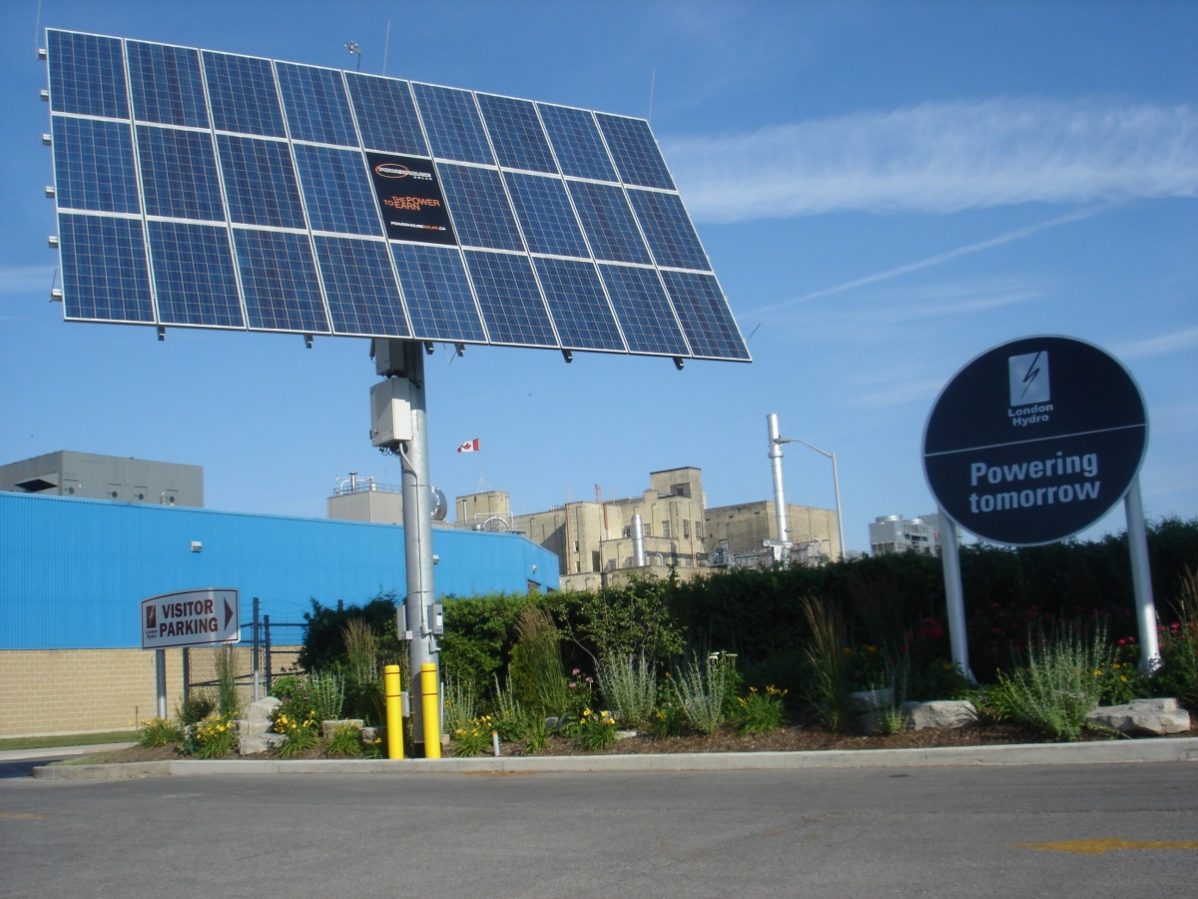Today marks Earth Day, yet Canada is warming twice as fast as the global average
Flooding basements, heat waves and actual wildfire.
That’s what Canada, along with the rest of the globe could be looking forward to in the late twenty-first century.
Today is Earth Day, a worldwide annual day of action that promotes environmental protection. However, Canada is warming twice as fast as the global average, and northern Canada is warming roughly three times as fast, according to the recent Canada’s Changing Climate Report, released by the Canadian government on April 2.
“The purpose of (Earth Day) has been for years to raise awareness about the environment and for people to know that this is an issue,” said Amelia Rose Khan, a volunteer of six years for Toronto350, a local network affiliate of a global grassroots movement to solve the climate crisis.
Khan said they worry about the mental and physical health implications that could affect Canadians under a high-emission scenario. A high-emission scenario would indicate global average warming levels of 3.2 to 5.4 degrees Celsius by 2090 and does not include measures to mitigate climate change.
The document said that Canada is warming faster because of loss of snow and sea ice reduces the reflection of the surface, which increases the absorption of solar radiation. Enhanced warming for Canada as a whole and for the Canadian Arctic in particular, is part of a climate phenomenon known as Arctic amplification, according to Canada’s Changing Climate Report.
Extreme hot temperatures will become more frequent and more intense, leading to an increase in the severity of heat waves, and increased drought and wildfire risks, the report states.
Daily extreme precipitation is also projected to increase, and regardless of the emission scenario there will be increased urban flood risks due to more intense rainfall.
“In Toronto there are floods, there are much colder days, (and) there are heat waves,” said Khan. “Look at where you are in your community, the people you talk to. Are they having a flooded basement more often? Are they experiencing heat problems because of climate change?”
The document said it is very likely that the duration of snow cover will decline mid-century across Canada under all emission scenarios, and sea levels are projected to fall along the James Bay and Hudson Bay coastlines. A high-emission scenario would show continued snow loss after mid-century.
Scenarios with limited warming can only occur if Canada and the rest of the world reduce carbon emissions to near zero early in the second half of the century and reduce emissions of other greenhouse gases substantially, the document said.
In Ontario, the annual mean temperature for 2031-2050 is projected to increase by 1.5 degrees Celsius under a low-emission scenario, as the change is irreversible. If no changes are made and Canada reaches a high-emission scenario, Ontario could see a 2.3 degrees Celsius increase.
From 2080-2100, Ontario is projected to have a 6.3 degrees Celsius increase in a high-emissions scenario.


